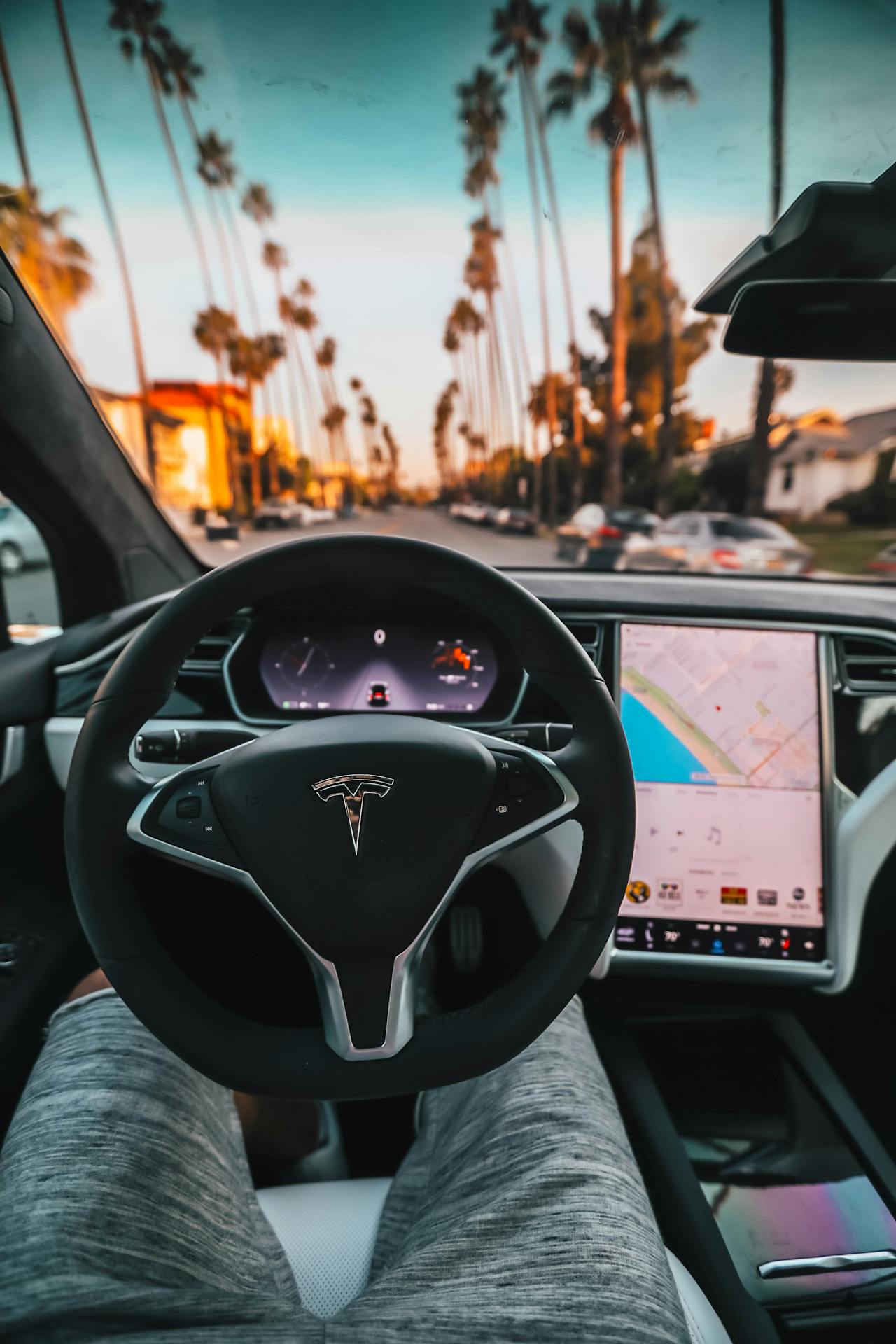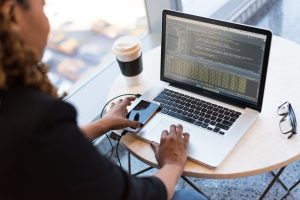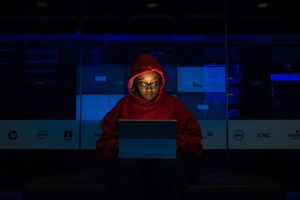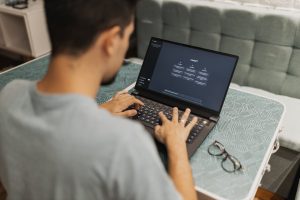if you look at the streets of California or Berlin, chances are you’ll see a Tesla cruising without a human hand on the wheel. But when someone proudly says, “My car is equipped with FSD,” do they really mean their car drives itself?
Let’s be honest—FSD, or Full Self-Driving, is one of the most misunderstood terms in the auto tech world. It’s not just a software upgrade or a marketing term. It’s at the center of a massive debate on autonomous driving safety, regulatory boundaries, and AI control over life-or-death decisions.
So, what exactly is FSD in 2025? What can it do? What can’t it do? Is it really “fully autonomous”? Or is it just an advanced driver-assistance feature?
Let’s break it all down.
1. What Exactly Is FSD?
FSD, short for Full Self-Driving, is Tesla’s advanced driver assistance system (ADAS). It builds on the base Autopilot but adds more complex autonomous capabilities, aiming for Level 4 autonomy (although it hasn’t fully reached that level yet).
The core features of Tesla FSD in 2025 include:
- Navigate on Autopilot (automated highway driving and lane changing)
- Automatic city street driving (including turns, roundabouts, and intersections)
- Traffic light and stop sign recognition
- Smart Summon (your car finds you in a parking lot)
- Auto Lane Change and Autopark
- Full Autosteer in urban environments (beta)
But it’s important to note: You’re still legally required to keep your hands on the wheel. Why? Because Tesla’s FSD Beta is still considered a Level 2 system under U.S. and EU regulations.
2. How Is FSD Different from Autopilot?
This is where most confusion lies.
| Feature | Autopilot (Basic) | FSD (Full Version) |
|---|---|---|
| Highway Lane Keeping | ✅ Yes | ✅ Yes |
| Adaptive Cruise Control | ✅ Yes | ✅ Yes |
| Navigate on Autopilot | ❌ No | ✅ Yes |
| Auto Lane Change | ❌ No | ✅ Yes |
| City Street Autosteer | ❌ No | ✅ Yes (Beta) |
| Traffic Light Handling | ❌ No | ✅ Yes |
| Smart Summon | ❌ No | ✅ Yes |
In short: Autopilot helps you drive on highways. FSD tries to drive in all conditions—but isn’t fully there yet.
3. Is FSD Truly “Full” Self-Driving in 2025?
Let’s be blunt—not yet.
As of 2025:
- Tesla FSD Beta still requires driver supervision.
- It’s not legally allowed to operate driverless in most U.S. or EU cities.
- It often faces issues in complex urban scenarios (e.g., unusual road signs, unexpected pedestrians, road construction).
Several third-party tests in 2025 (e.g., Consumer Reports, ADAC Germany) show:
- FSD performs well in clear daylight and predictable environments.
- Performance drops in rainy, dark, or high-density pedestrian scenarios.
So, while Tesla’s FSD is years ahead in terms of commercial rollout, it is still not a truly “Level 4” system in most regions.
4. Is It Safe?
This is the most debated part.
According to the U.S. NHTSA 2025 report, Tesla vehicles running FSD Beta logged over 1.2 billion miles with an accident rate of 0.23 per million miles—lower than the U.S. national average.
But:
- Human intervention is still frequently required.
- False positives (phantom braking) and misrecognition of construction zones remain an issue.
In Europe, German authorities require Tesla to clearly label FSD as “driver assistance,” not autonomous driving.
Also worth noting: Legal liability is still on the human driver, not Tesla.
5. What’s Next for FSD?
Looking ahead, Tesla’s 2025 roadmap includes:
- Robotaxi service rollout in select U.S. cities (e.g., Austin, San Francisco)
- Global FSD subscription rollout (now in 28 countries)
- Integration of Dojo Supercomputer, improving AI training and object recognition
- Legal lobbying for Level 3–4 classification in California, UK, and Germany
But Elon Musk’s earlier promise that FSD would achieve “full autonomy by 2021” has been pushed back multiple times. 2025 may be a tipping point—but full Level 4 freedom? Not yet.
Summary: Is FSD the Future? Yes. Is It There Yet? No.
FSD represents one of the boldest experiments in applying AI to daily life. It’s not just about comfort—it’s about redefining how humans interact with machines on the road.
If you’re buying a Tesla in 2025, remember:
- FSD is impressive.
- FSD is not perfect.
- You are still responsible.
The age of full self-driving is approaching, but for now, we’re still in the “smart co-pilot” stage.



